Macro Photography: Learn how to make your images more artistic.
What is a Macro Photography?
Macro photography is all about showcasing a subject larger than it often is in real life – an extreme closeup of something small.
Technically macro refers to 1:1 reproductive ratio (sensor size to subject size). For example, if your subject is 1cm tall, it takes up 1cm of the sensor size.
Generally, it is considered extremely close up photography.
Why learn about macro photography?
Macro photography allows us to explore a magical world, we don’t normally see. It allows us to create artistic scenes using everyday subjects – bringing out your inner artist.
Macro photography is all about composition and light, so this will challenge you to become a better photographer.
Using extension tubes teaches us all about extreme closeups and focus stacking.

Tips for capturing Macro photography.
- Try using a macro lens (if you have one), or grab some inexpensive extension tubes or a close-up filter.
- If you don’t have a macro lens, the next best thing is extension tubes. These fit between your camera and your everyday lens and allow you to shoot much closer and provide magnification.
- Set up your scene, try keeping things simple at first, remove any distractions. Think about composition and background, colours and textures.
- Keep everything stable, a tripod is a great idea, or a stable surface, like a table. If you are photographing flowers or nature outside take the wind and weather into consideration.
- Macro lenses and extension tubes let through less light than a standard lens, approximately 1-2 stops. So you will need extra light. Either use artificial light or a reflector. Cloudy days are great outside. Diffuse harsh light.
- Try shooting in Aperture Priority mode or Manual mode, and shoot with a closed down aperture, try f/8 to f/16 to create a larger depth of field. Macro photography often produces a really small depth of field, which of course, lets in less light.
- Try using manual focus, move in as close as you can and then move your camera towards your subject.
- Focus – with extreme closeups you end up with a super shallow depth of field. Take multiple images with multiple focus points, ranging from close to further away from the camera (all the parts of your image you wish to be in focus and sharp).
- These can then be stacked together in software, like Photoshop. Open a variety of images taken on different layers in Photoshop, then auto-align layers and then auto-blend layers. This will create a single image with more depth of field.
How can you make your images more artistic?
Experiment with different subjects, from nature to toys. The less something moves the easier it is to work with, so try something stationary with no wind, to begin with.
When you are feeling more confident, go out into nature and capture insects or foliage. Or stay inside and capture everyday objects.
Slow down and enjoy the creative process. Decide on your main point of interest and shoot intentionally.
Photo BootCamp Magazine
Let’s have a look at what our BootCamp members have created with their macro shots.
And be sure to check out how you can join BootCamp at the end of the magazine!
Below is a small sample of what’s in this magazine…
Join The Fastest, ‘Funnest’ Way To Improve Your Photography!
- Discover exciting new skills
- Rekindle your passion for taking photos
- Improve fast with helpful feedback
- Experience enjoyment and progress
Inside BootCamp Magazine
Featured Artist
Let’s take a look at this month’s magazine. Here is our featured artist of the month, Caroline Holdstock, from Australia.
This was taken at the Botanic Gardens in Sydney on a visit last year. She loved the bold colours and the symmetry of the pattern. It was taken with her 100mm f2.8L macro lens on a monopod looking directly down into the flower. She haven’t managed to challenge myself with focus stacking yet.
Cover Image
This month’s featured magazine cover image is from Romy Villanueva, from the Philippines.
In this photo, he positioned the camera about 45 degrees to the left and 45 degrees up something like the Rembrandt positioning of the flash. This is the only time he was able to get a photo of this insect more from the front. Oftentimes it flies away before he can position his camera to get a shot. Romy suggests viewing this image on full screen.
Comment: Kerri Clarke – “WOW!! You have captured such beautiful detail in this little guy.. Love your composition, beautiful background, the lighting and colours are just superb. Thank you for sharing the lighting details.. I must give the in-camera flash a go. An outstanding image, Romy!”
Active Members
Let’s take a look at some of awesome macro images our BootCamp members have created.
We’ll start with Glenys Ruth Prins from Australia. The photo was taken with a Nikon D7200 on a Tripod and desk Lamp overhead an to the right. Some editing in Lightroom.
Next, we have Eugene Brannan from the United States. It’s springtime in the northern hemisphere and both flowers and bees are making their appearance. He found a grouping of milk thistles alongside the road and noticed that the blooms were attracting insects including bees. He took several hundred images as the bees moved around on different flowers and gathered their prize. Hand holding his camera became the best solution to the ever-changing circumstances and how cumbersome using the tripod proved to be.
Comment: Sig Rannem – “Great shot Eugene with excellent focus on the front part of the bee! I also like the contrast of the orange against the purple flower and set off nicely by the black background – great work!”
Rachel Gilmour from Australia is next. It’s been unending rain here, for the last couple of weeks, so she reverted to an image from back in December. This little guy was on the side of outdoor, faux wicker, lounge chair. Shot with a vintage manual zoom macro lens + 26mm extension tube, handheld. No chance for focus stacking as they don’t sit still long enough.
Comment: Laura Griffiths – “Hi Rachel, Great job on this little guy. His eyes and face are in good focus, well lit, with fine detail. Not easy handheld as you did.”
Then we have Jeff Reese from the United States. His image for this challenge of a small object (he tried several, but this one stood out for him). The camera MFT, lens 60mm macro, used three-speed lights and a DIY box to defuse the lights. Used Affinity Photo to stack these images. He wanted something different that required stacking with a sleet storm going on outside he decided on something small inside. Lessons learned, you would not believe how much dust existed even after cleaning and wearing lint-free cotton gloves. There must be a better way.
Comment: Craig Mattner – “Hi Jeff, I like this image a lot. The positioning of the face is great – on the third line. And there is a gentle leading diagonal up to the circular face from the left. I do like those repeating vertical elements that grow into a crescendo on the right side of the image.”
And next we have Rodney Charlton from Australia. The sun came out after weeks of rain and she found this caterpillar on the leaf of their lemon tree. He got in quite close with his macro lens so he only got the front half in focus with this single shot photo.
Comment: Lynton Stacey – “I love the colour in him. Yes, it would be nice to have the whole caterpillar in focus, but the technique of photo stacking is very difficult with a live critter.”
And next, we have Peter Brody from the United States. Last week they had an ice storm. He went outside and took a lot of photos of his foliage encased in the ice. Peter doesn’t have extension tubes. He used his Olympus, he converted to B&W to make the crystalline appearance stand out more.
Comment: Jeff Reese – “Peter, great shot, I always look at the photo first and I was unable to tell just what it was. What a surprise once I understood just what this photo was about. Love this photo, freezing rain not so much.”
And finally, we have Dave Koh from Singapore. This image of a honey bee was taken sometime back with a diffusing flashlight, handheld. This is a single shot without a photo stack. Very much would like to try that but is not possible for a moving subject.
Summary
- Macro photography is all about showcasing a subject larger than it is in real life.
- Technically macro refers to 1:1 reproductive ratio (sensor to subject size).
- Macro allow us to explore a magical world we don’t normally see.
- Macro photography is all about composition and light.
- If you don’t have a macro lens, inexpensive extension tubes or macro filters.
- Try shooting in Aperture Priority Mode and use a closed down aperture like f/8 to f/16 to create a larger depth of field.
- Often using manual focus allows us to achieve correct focus.
- Macro lenses and extension tubes often let in less light, so consider a reflector or flash .
Related Articles
Did you enjoy this article? Check out these related articles, too:
- Create Artistic Images With A Nifty Fifty Lens
Learn how you can make your images more artistic. - Starburst Effect: Add a Little Magic to Your Images
Learn how to easily create the starburst (sunburst) effect - Using Long Exposure Photography To Create Unique And Creative Images
Learn the best composition practices with long exposure.
Do This Now
Please leave me a comment below – I’d love to know what you think. Brent

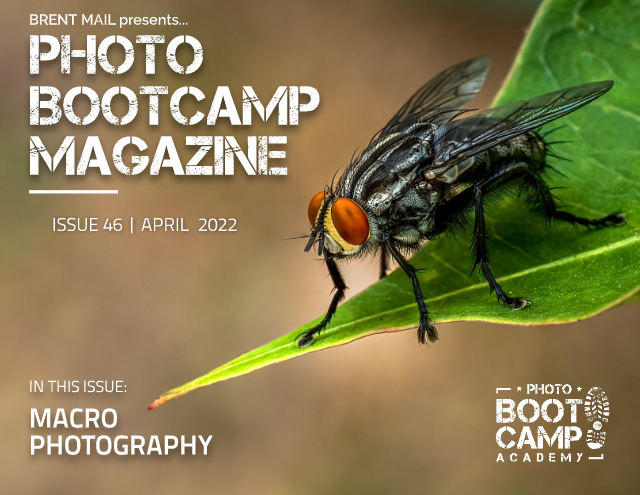


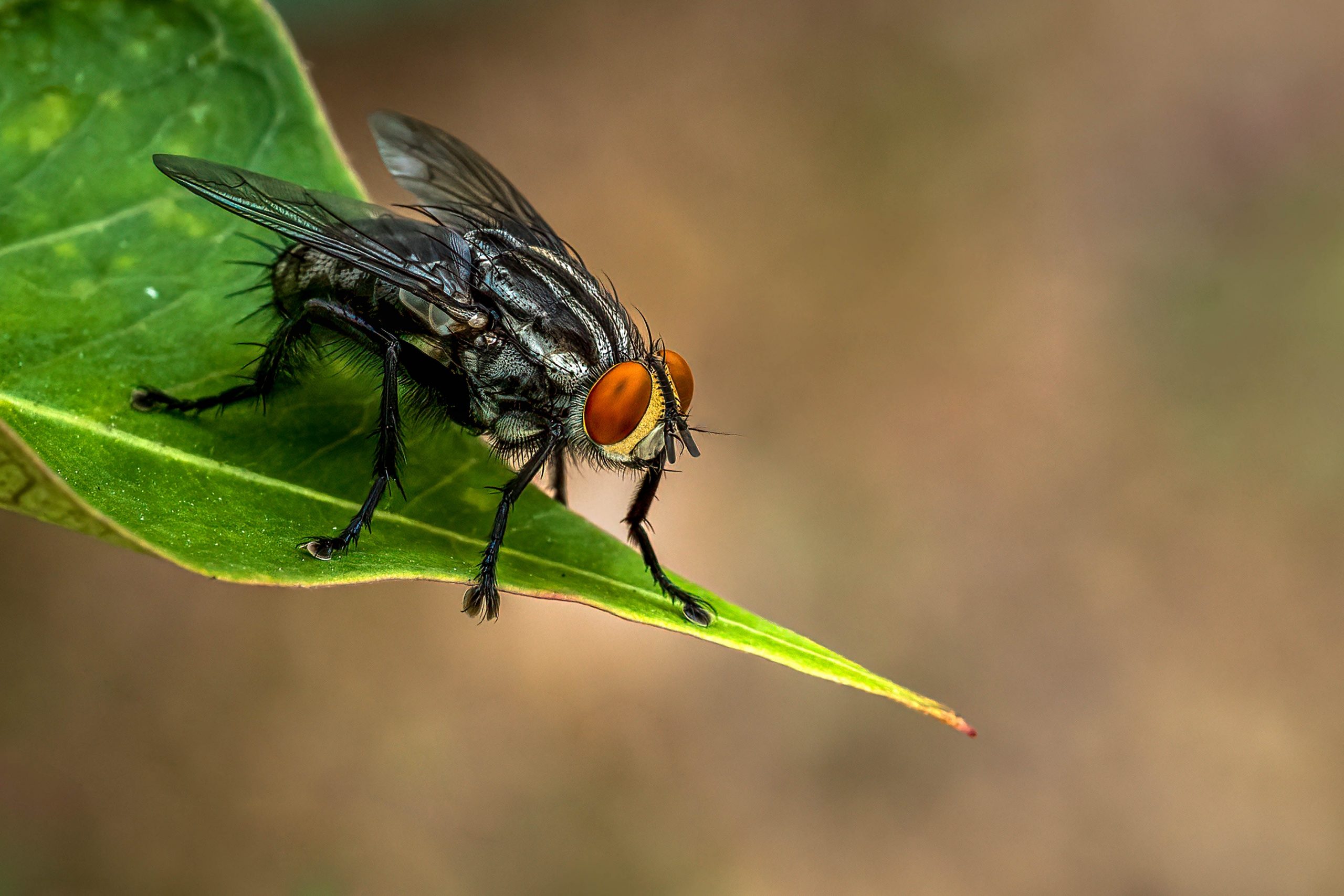
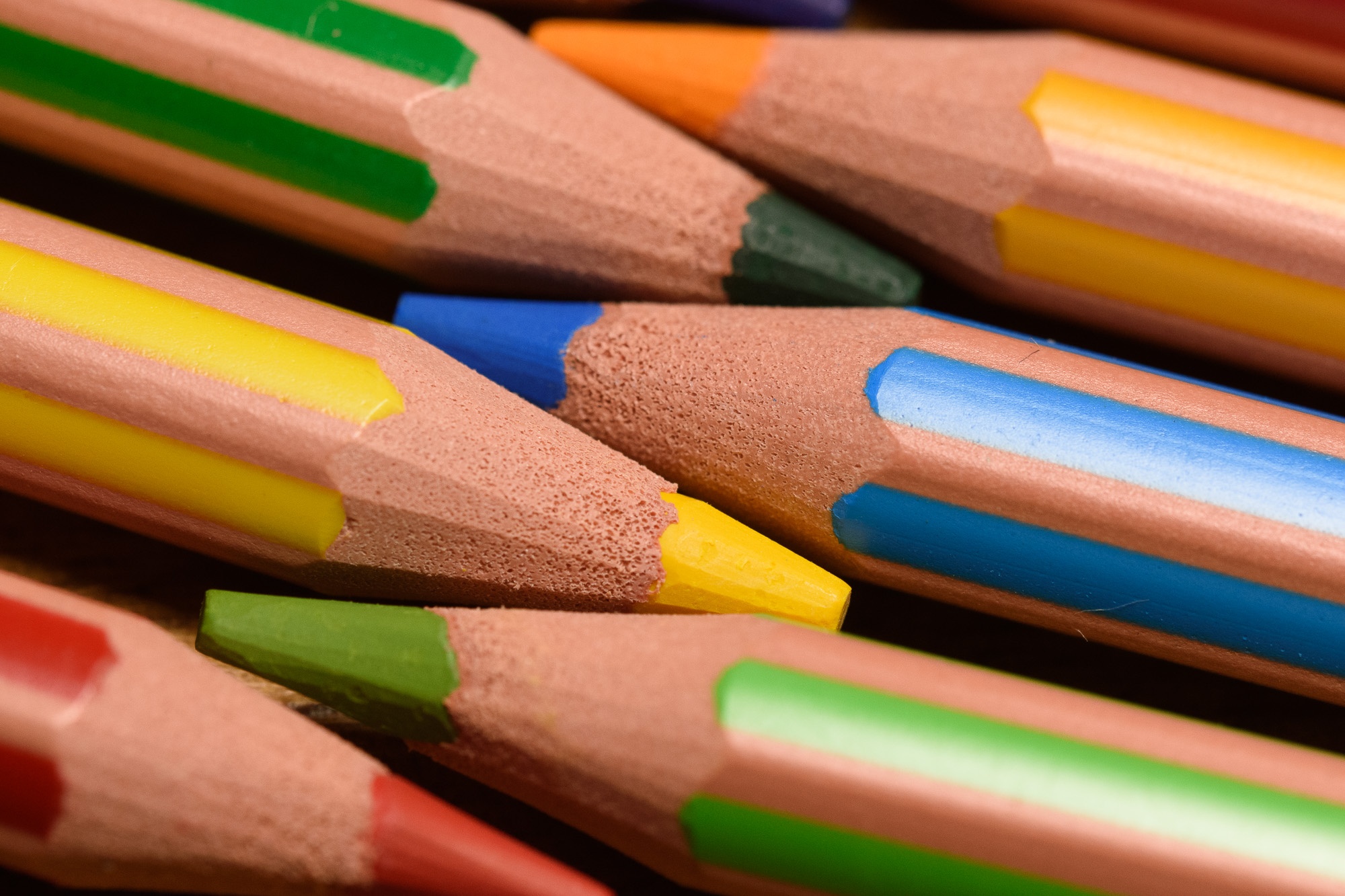



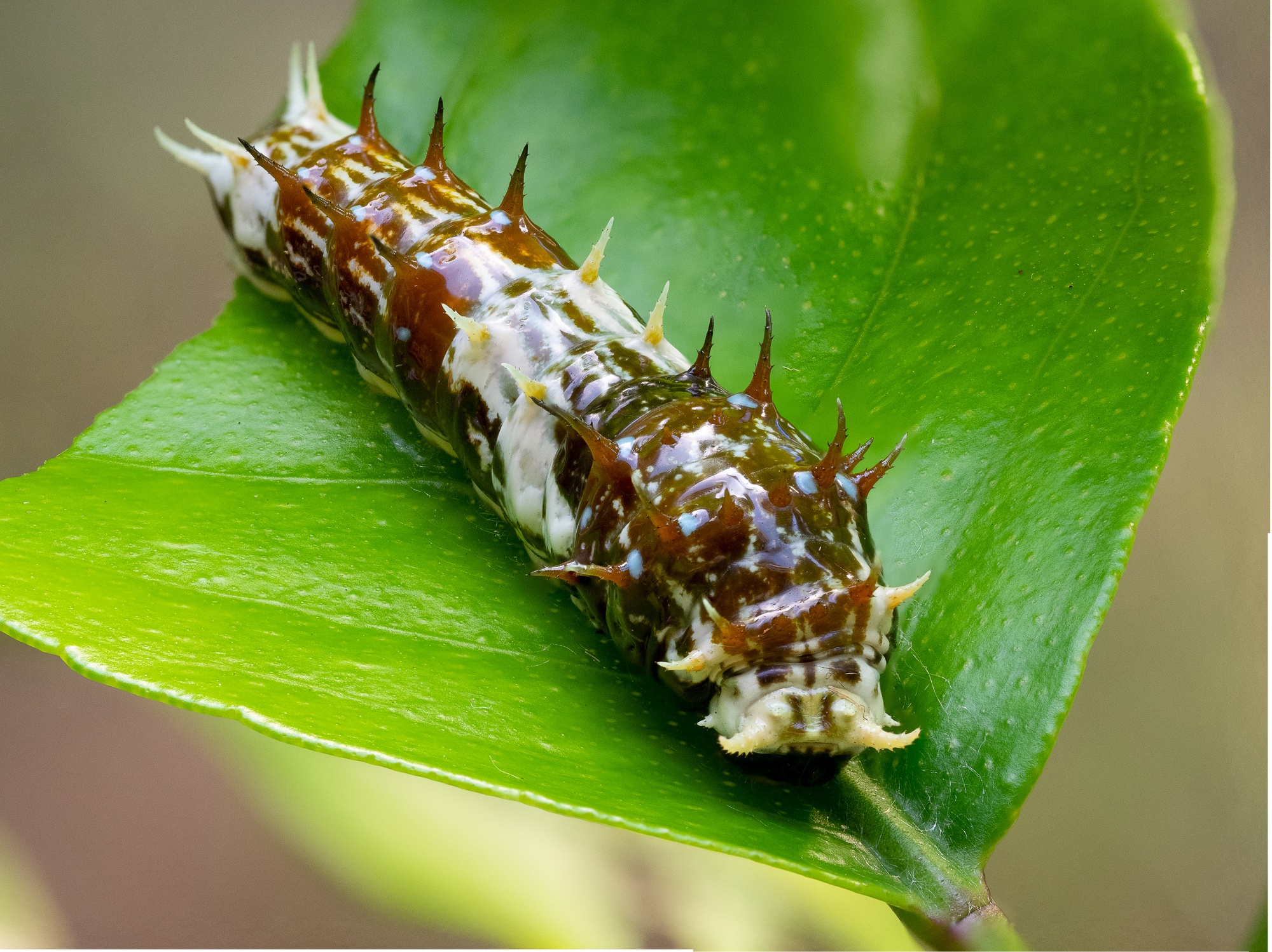
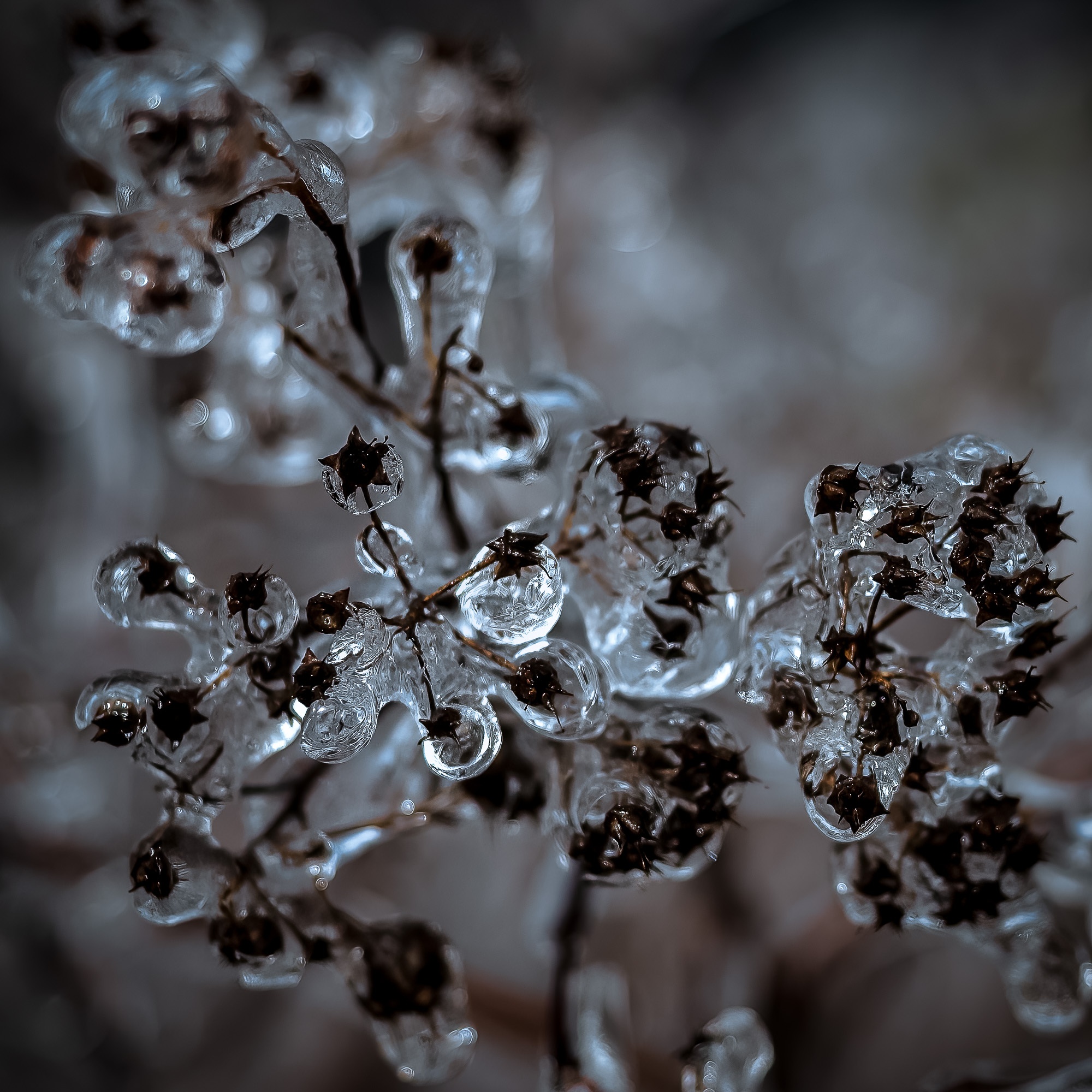
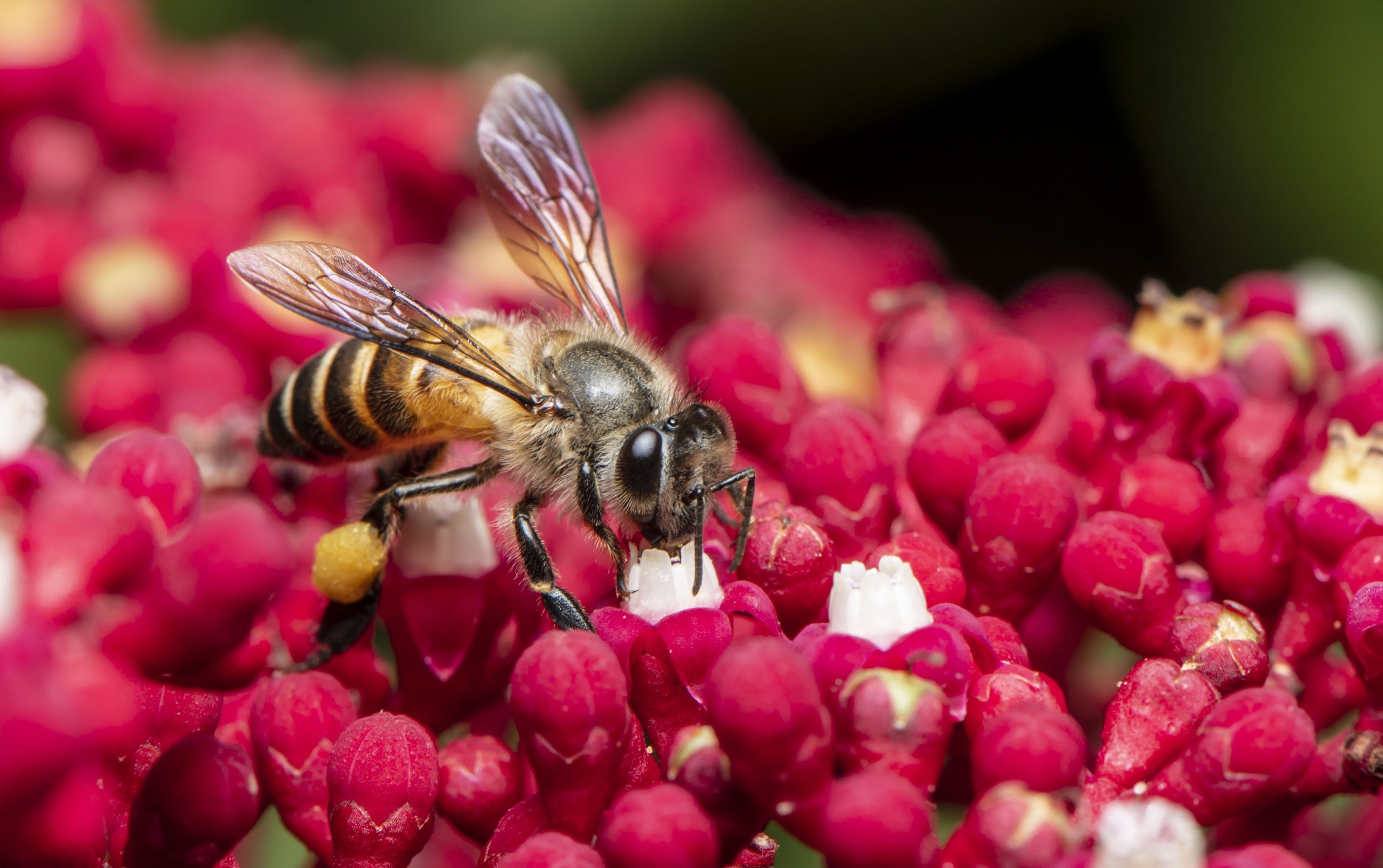
Congrats to Caroline for being featured and Romy for your AMAZING cover image. So proud! Brent